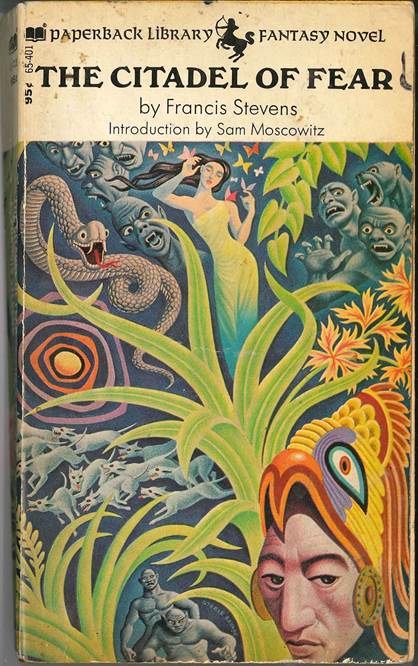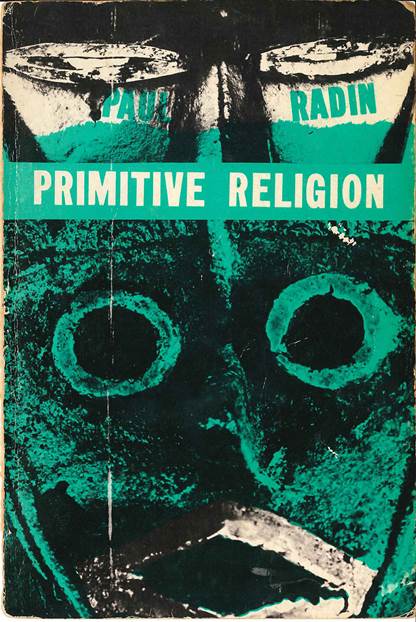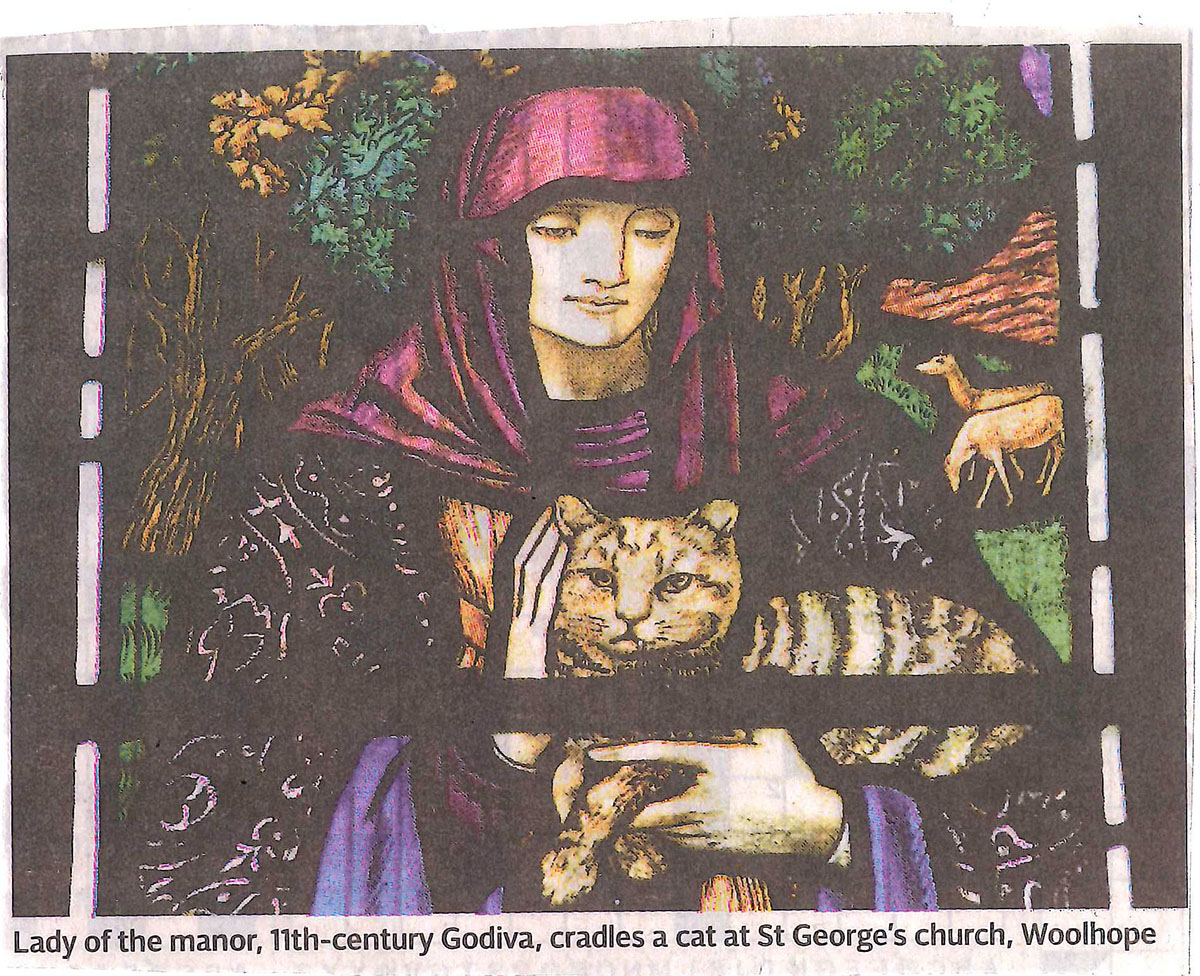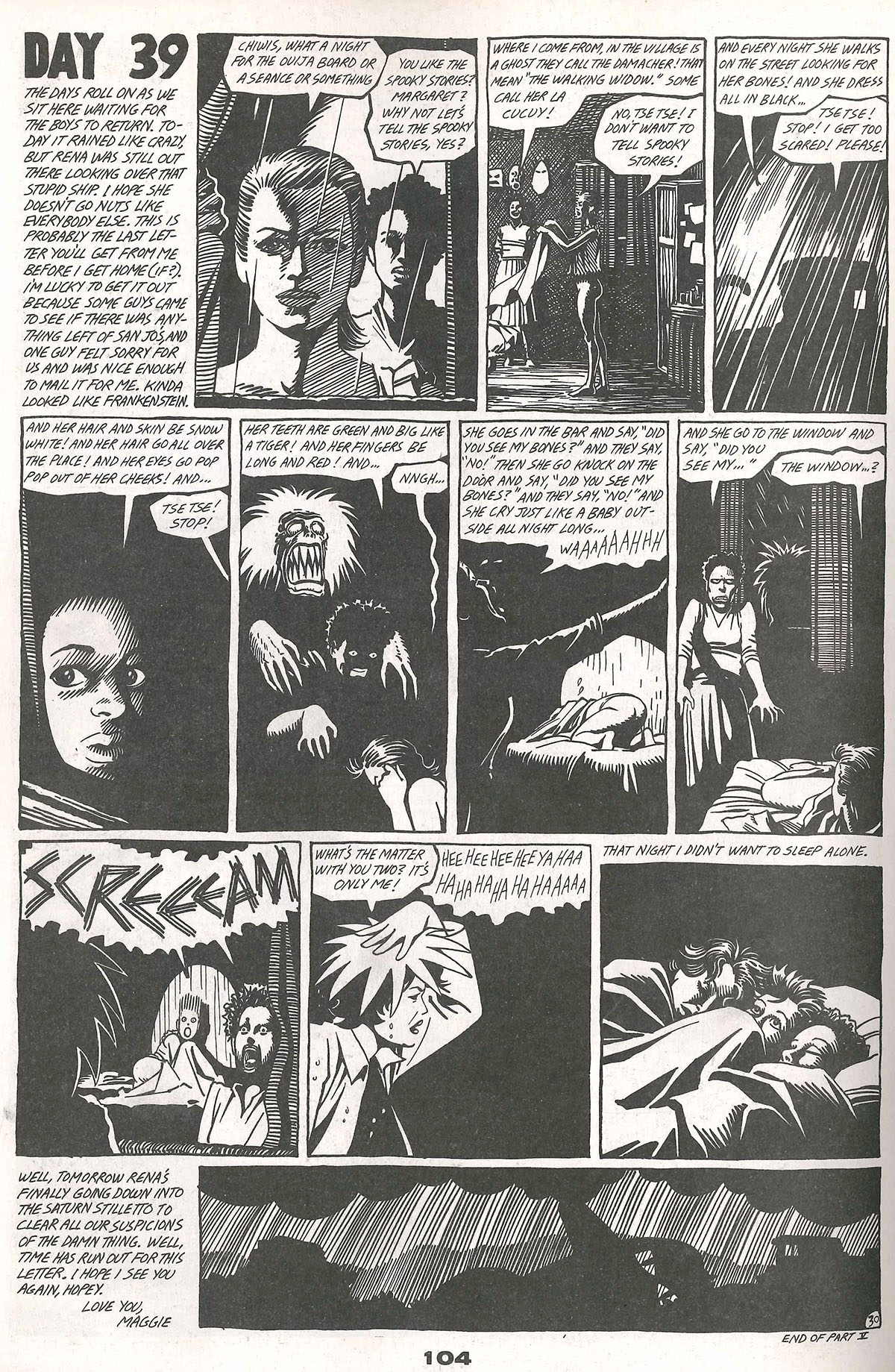

The idea that shape produces information is one of the original thoughts that Man had as a primitive magician.
In Radin's book, magic is above all a coercive act aimed at subjecting an.object to the will of the ego. The entire process is subjective and founded on the persuasive power of the shaman performer. Although he doesn't mention it, the power of the mask is very typical.
The subject of this particular book is the transformation by the priesthood of primitive magical rites into a religion with spirits and deities. For example, tribes such as the Winnebago envisage spirits in stone, water, buffalo.
The Winnebago are an advanced tribe of hunters, fishers, agriculture, and Radin persuasively argues that there is a strong interpenetration between the economic reality and the folkloric background. Religion gives the priesthood political power and freedom from the need to supply their own food.
In other words, religion is realistic as well as being a "fantasy" of spirits. While magic is a compulsion of the ego (of shamans), religion is more realistic.
But the origin of religion in primitive magic acknowledges that a certain type of individual -the shaman - had precedence. These individuals are characterised as neurotic, introspective, dreamers or in some sense disturbed.
These dreamers prancing about with masks are subjective compulsive creatures of the ego, while religion is a tendency of social order and agriculture. "It's the economy, stupid", as Clinton said.
So Radin's book is saying religion has a primitive, folkloric basis that gradually becomes more economically formulated. Economy - hunting, fishing, agriculture - is the temporal sphere which in my lexicon is the strength of shape in producing information - ie by growth over time.
So, even if the economy is physical and realistic, it is still shape-bound. The basic point of that is that primitive magic is still noticeable in rituals, such as corn dollies, scarecrows, harvest festivals, maypole-dancing (rituals of the type found in Laurie Lee's Cider With Rosie).
In Lindsay Anderson's O Lucky Man (Alternates 4-6) there is a scene in a country church where Malcolm McDowell ends up festooned with floral tributes.
In a church, stained glass windows idolise the strong and simple lines of patrons and saints.

Lady Godiva
To the primitive mind, the shape of things is a type of magic, as the discs of sun and moon (Patrick Woodroffe employs their smiling faces to sympathetic effect, see prev.) The primitive, or the child-like, is always with us in that shape is magic and powerful.
Now, that entire subject-matter of primitive religion - meaning advanced socialised tribes like the Winnebago in America or the Ewe in Africa - is no longer the subject-matter of our modern elites (or acolytes).
The ego, instead of being based on reality - even if the subjective reality of a coercive shaman - is based on an illusion (see prev.) The illusion is very convincing - being composed of numbers (electromagnetism, sun) - but it doesn't have the realism of primitive shape.
Proteins have primitive shape (see aromatic herbs P152), it's purely automatic. In the active field of living, things tend to conform and there's no rational basis for it, it's just what happens when things grow.
Not only do they grow but there is the negative area of death. This enthire negative area is again outwith modernity. The reality of decay, odor, revival.
Negative facets are strong and produce strong revival. One finds this in comic books quite frequently. The malodorous settings in Hoppers as described previously (Ghost of Hoppers, Jaime).
The stylishly decadent Parisian settings of Bilal (The Nikopol Trilogy, prev.) Bilal's mixture of retro-fashion with dilapidated monumentality practically throbs with nervous energy (is the guy maybe a shamanic throwback?)
Basically, if things are left to decay there can be a type of magic of visceral reality, shape, contour, odor, colour. It's the realism of growth and decay that the modern.illusion lacks. In itns place is a type of nothingness of the ego. This time the ego is not subjective but objective, but the object is itself an illusion.

Mechanics, Love & Rockets 1985
Home







